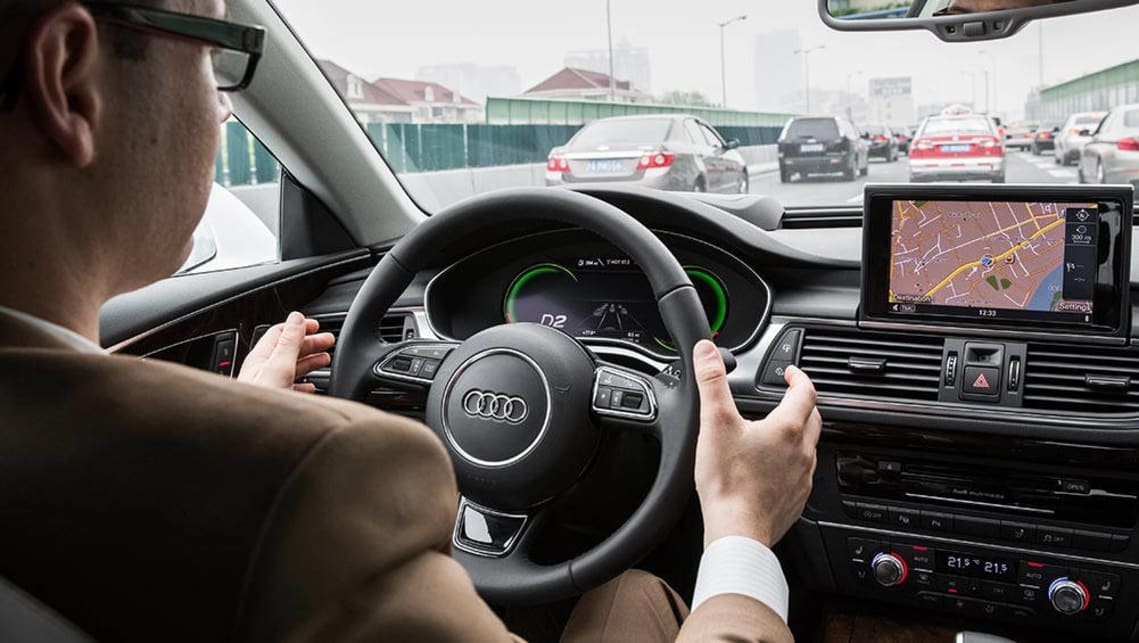
Why autonomous cars need caution | comment

This is a call for calm in the excitement over autonomous cars.
All the big brands have cars that can drive themselves from Sydney to Melbourne today.
But, wisely, none are prepared to release them to the public yet because the technology still has a long way to go.
The radar units can get tricked by steel guard rails. The cameras can get blinded by bright sunlight, fog and heavy rain.
And sometimes the system just wigs out, like it did to me testing a Mercedes with an automatic overtaking function. We nearly crashed it into a concrete barrier at 100kmh when it didn't detect the surroundings properly.
Had I binned it, that would have been deemed my fault. And rightly so. The driver should always be in control of the car. Just like a pilot is always in control of a plane, even in autopilot mode.
And that's how police and insurance companies will continue to assign fault, no matter what promises car companies make about their future technology.
The term “autonomous car” is being over-used, and wrongly used.
Being able to summon a car to pick you up from the shop, or be driven to work while reading a paper is still decades away -- if authorities will allow it. For now it's science fiction.
What we are witnessing is the gradual automation of the automobile.
The term “autonomous car” is being over-used, and wrongly used.
In fact, you could argue it started with old fashioned cruise control -- set the speed and the driver doesn't need to touch the accelerator pedal.
Then we got radar cruise control. It maintains a gap between the car in front -- and matches its speed, up or down, as the lane ahead clears.
In that scenario, the driver no longer needs to touch the brake or the accelerator.
Now we are starting to see traffic jam assistance -- press a button and the car will inch forward and apply the brakes automatically in stop-start conditions. That was first seen on Benzes and BMWs and now it's on certain Hyundai, Honda and Nissan cars.
Following “lane wander alert” (a camera in the windscreen can detect when you move from your lane without indicating) we now have “lane-keeping”. The car will steer itself straight. You can get that on the luxury version of the Ford Ranger ute, as well as prestige cars.
Coming soon to Australian roads is a Mercedes that will allow you to take your hands off the wheel for up to 60 seconds (up from 10 seconds) providing there are lane markings and the corner is not too tight.
But all of the above prompts the question: will this reduce crashes or increase them, as motorists become more reliant on technology -- and more complacent behind the wheel?










Comments